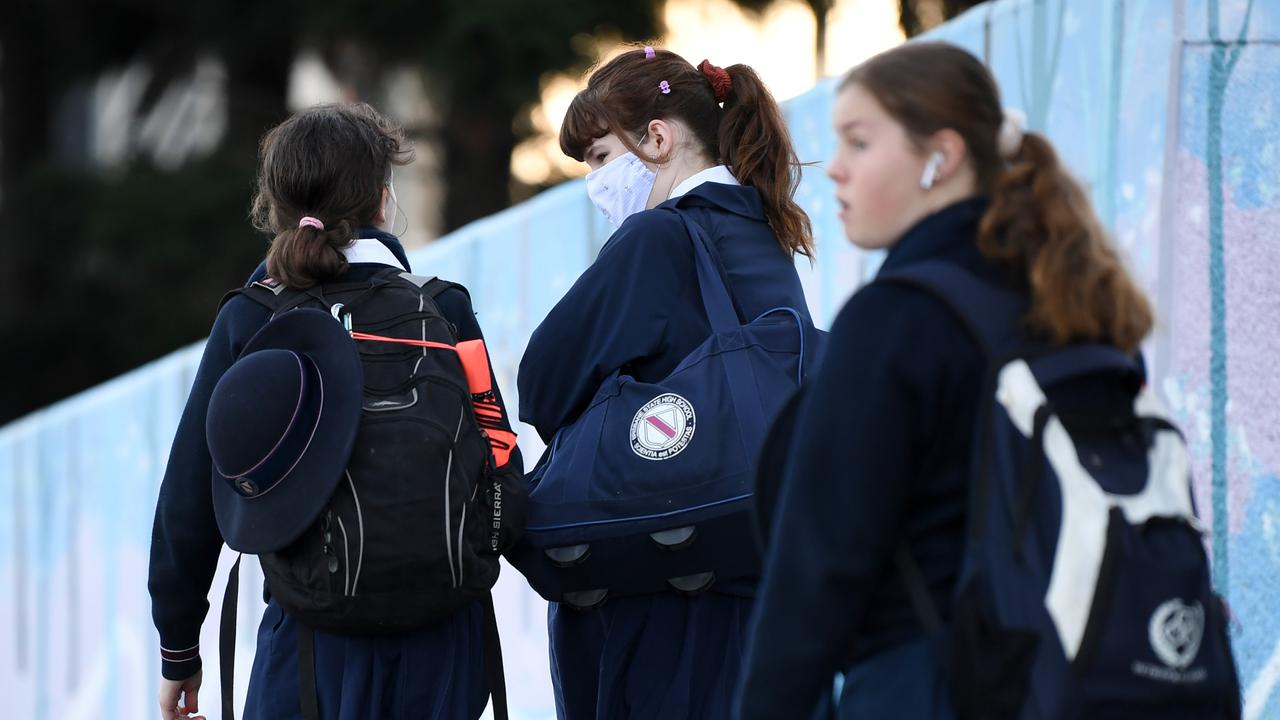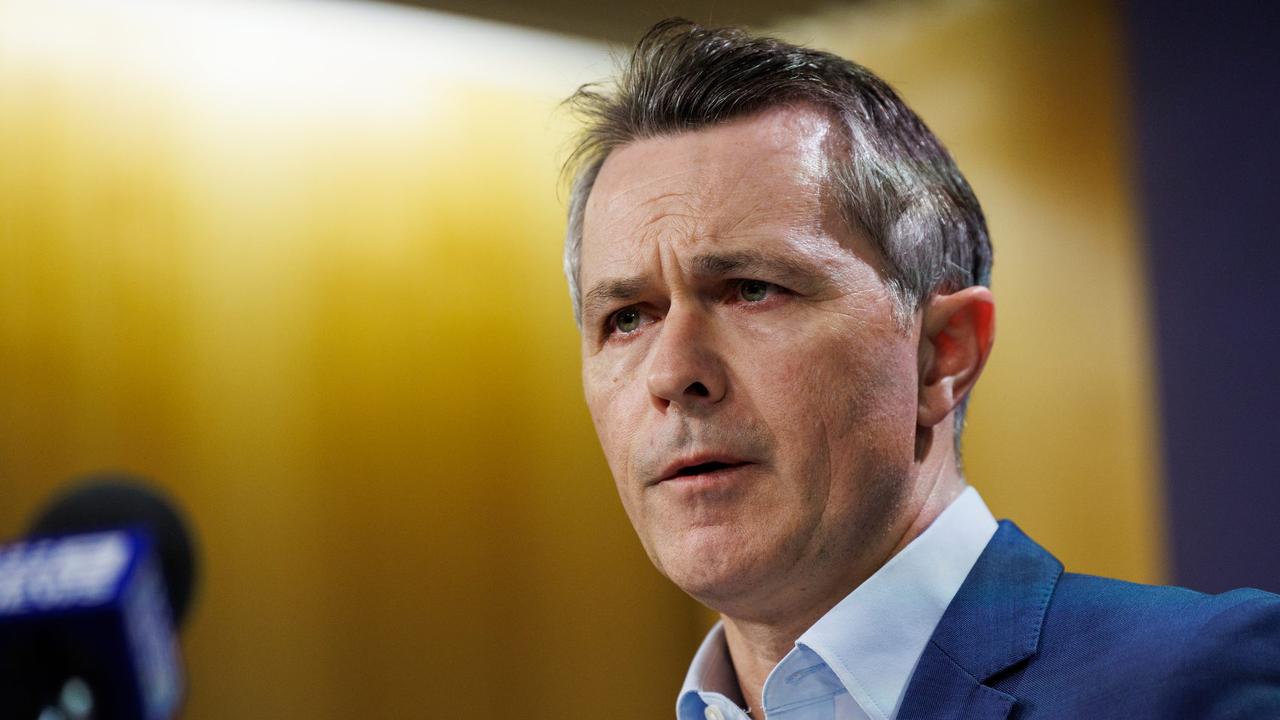Latest NAPLAN results reveal girls outperforming boys in literacy and writing, one in 10 students need ‘additional support’
Annual testing results in numeracy and literacy have revealed where girls and outperforming boys and which cohort of students required extra support.

Girls largely outperformed boy students in writing and literacy, while male students outperformed their female counterparts in maths, according to the newly released National Assessment Program, Literacy and Numeracy (NAPLAN) results.
Nationally, the latest set of results were similar and “broadly stable” to what was reported by the Australian Curriculum, Assessment and Reporting Authority (ACARA) in 2023.
Writing results revealed 73.1 per cent of Year 7 female students taking the writing texts recorded a “strong” or “exceeding” band (the highest of the four bands), compared to 58 per cent of boys in the same cohort.
However, boys generally outperformed students in numeracy, with less than 5.9 per cent of Year 3 female students achieving an ‘exceeding’ benchmark, compared to their male counterparts.
The gap slightly increased to 6.7 per cent between male and female students in Year 9.

The results also showed a stronger performance from students of the highest socio-educational backgrounds, as well as children from urban areas and non-Indigenous backgrounds.
Nearly one in 10 (9.5 per cent) of the roughly 1.3 million students who took the numeracy test achieved the lowest level of “needs additional support,” while 10.3 per cent of students recorded the same band for reading.
On the other side of the spectrum, 67 per cent of students achieved “exceeding” and “strong” levels in “reading”.
ACARA said the demographic analysis were consistent with trends from other national assessments and previous NAPLAN results.
Education Minister Jason Clare acknowledged the results demonstrated that while Australia had a “good education system,” it could be “a lot better and a lot fairer”.
“Your chances in life shouldn’t depend on your parents’ pay packet or the colour of your skin, but these results again show that’s still the case,” he said.
“These results show why serious reform is needed and why we need to tie additional funding to reforms that will help students catch up, keep up and finish school – reforms that are included the next Better and Fairer Schools Agreement.

The release of the results are sure to reignite funding tensions between the Commonwealth and state and territory governments over the $16bn Better and Fairer Schools Agreement.
So far only the Northern Territory and West Australia have signed onto States and territories have until September to sign onto the deal, which will increase federal funding of public schools from 20 per cent to 22.5 per cent of the Schooling Resource Standard (SRS).
NSW, Victoria, Queensland, South Australia, Tasmania and the ACT have rejected the deal, calling for federal funding to be boosted to 25 per cent.
However. Mr Clare said the additional funding would be tied to “practical reforms, like phonics checks and numeracy checks, evidenced-based teaching and catch-up tutoring”.
“There are no blank cheques here. I want to invest billions into our public schools and I want to make sure that money makes a difference to the kids who really need it,” he said.
Opposition spokesperson for education Sarah Henderson said the funding war was a mess of “Labor’s own making”.
“Rather than put students first, Mr Clare has become embroiled in a school funding war with the states which is a mess of Labor’s own making,” she said.
“Delivering a back to basics education sharply focused on literacy and numeracy, underpinned by explicit teaching and a knowledge-rich, common sense curriculum, is critical to raising school standards.”
Australian Education Union federal president Correna Haythorpe showed the stark gap between students from low and high socio-educational advantage (SEA) households.
Students from low SEA households were eight times more likely to require than their peers from high SEA backgrounds to require additional support in numeracy.
“The results show that the current funding system is leaving the students with the highest levels of need without the support they need to thrive, which is completely unacceptable,” said Ms Haythorpe.
She said despite the best efforts from teachers, it reflected the need for federal funding to reach the full 25 per cent, as recommended in the Gonski review.
“It is public schools that educate the most vulnerable students in Australia with 82 per cent of
students from low socio-educational advantage backgrounds and 83 per cent of First Nations
students,” she said.
“This makes full funding for public schools a non-negotiable to ensure that all students and teachers are receiving the vital funds needed for high quality teaching and learning.”



